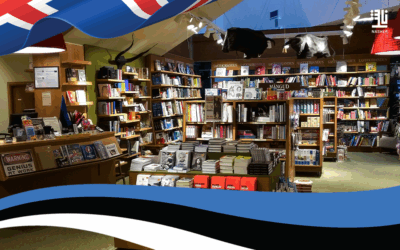The book publishing industry in South America faces a myriad of challenges that impact its growth and sustainability. From economic constraints to cultural diversity, publishers in the region grapple with unique obstacles that shape the landscape of literary production.
Economic Constraints
One of the primary challenges in South American book publishing is the economic disparity across the region. Many countries struggle with economic instability, which affects both the purchasing power of readers and the financial capabilities of publishers. Limited resources hinder the production and distribution of books, making it difficult for the industry to thrive. Publishers often face challenges in securing funding for printing, marketing, and distribution, impacting the overall accessibility of books to the population.
Cultural and Linguistic Diversity
South America boasts a rich tapestry of cultures and languages, presenting a unique challenge for publishers. The need for translation services and diverse marketing strategies adds complexity to the publishing process. Publishers must navigate linguistic variations and cultural nuances to ensure that books resonate with a diverse audience. This not only increases production costs but also requires a deep understanding of the target audience in each specific region.
Infrastructure and Distribution
Inadequate infrastructure and distribution networks contribute significantly to the challenges faced by South American publishers. Many regions lack efficient transportation systems, making it difficult to deliver books to remote areas. This logistical hurdle not only impedes the accessibility of literature but also limits the potential for book sales. Additionally, the high costs associated with transportation further strain the financial resources of publishers.
Digital Transformation
While digital technologies have revolutionized the global publishing industry, South America faces hurdles in embracing this transformation. Limited access to the internet, particularly in rural areas, impedes the adoption of e-books and online platforms. This digital divide exacerbates the disparities in access to literature and educational resources, hindering the industry’s overall progress.
The challenges faced by the book publishing industry in South America are complex and multifaceted, spanning economic, cultural, and technological dimensions. Addressing these issues requires collaborative efforts from publishers, governments, and other stakeholders to foster an environment conducive to literary production and dissemination. Despite these challenges, the resilience of South American publishers remains evident as they continue to navigate the intricate landscape of the region’s book industry.







